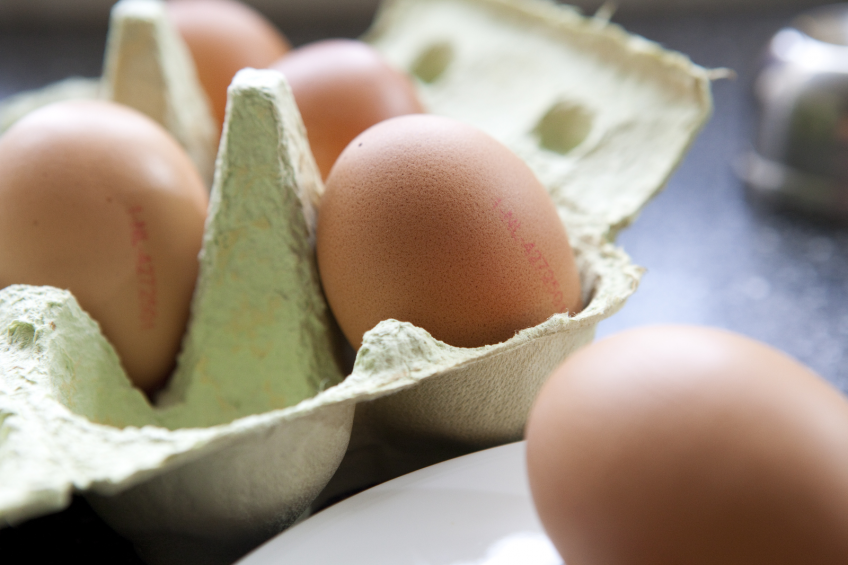Egg seconds most likely caused on-farm, study suggests

Second-quality eggs are probably caused by cracking on the farm, rather than during transport or grading at the packers, a new English study has said.
Interim figures from the report, released by the British Free Range Egg Producers Association (Bfrepa), have suggested preventing cracks on-farm is the most effective way to reduce seconds.
4 farms were selected by consultant Adas, which conducted the study, chosen for a typical layout and their geography. 2 of the 4 had relatively young hens, and 2 housed older birds. On 3 of the 4 farms, there was clear evidence of cracking along the mechanical egg collection systems, despite the young age of 2 flocks.
You may also be interested in: Alternative egg production for French in
Eggs and egg products in the
alternative segment are in high demand in the Pays de Loire region of France. “More and more food products are marketed with an emphasis on their barn egg or free-range egg ingredients,” says poultry farmer Regina Minier. She decided to produce barn eggs for the egg industry with an option to move to free range.
Level of cracks in eggs
Samples were taken at three points: on cross-conveyors, after being placed on trays and at the packing centre. There was little difference in the level of cracks between rejected hand-candled eggs, taken on-farm, and overall seconds at the packing centre.
A distinction between farms was the maintenance of farm equipment – with regular maintenance seeming to cut seconds. Further farm visits will feed into a final report, which will be published in the autumn.
Big impact on profitability
Robert Gooch, policy director at Bfrepa, said the study was part of the organisation’s new sustainability programme, with sponsorship drawn from a wide range of companies involved in the egg industry.
“We want to work with packers to solve common problems,” he said. “This was one of the first projects we identified – a small change in the percentage of seconds can have a big impact on profitability.”
Source: Poultry World













